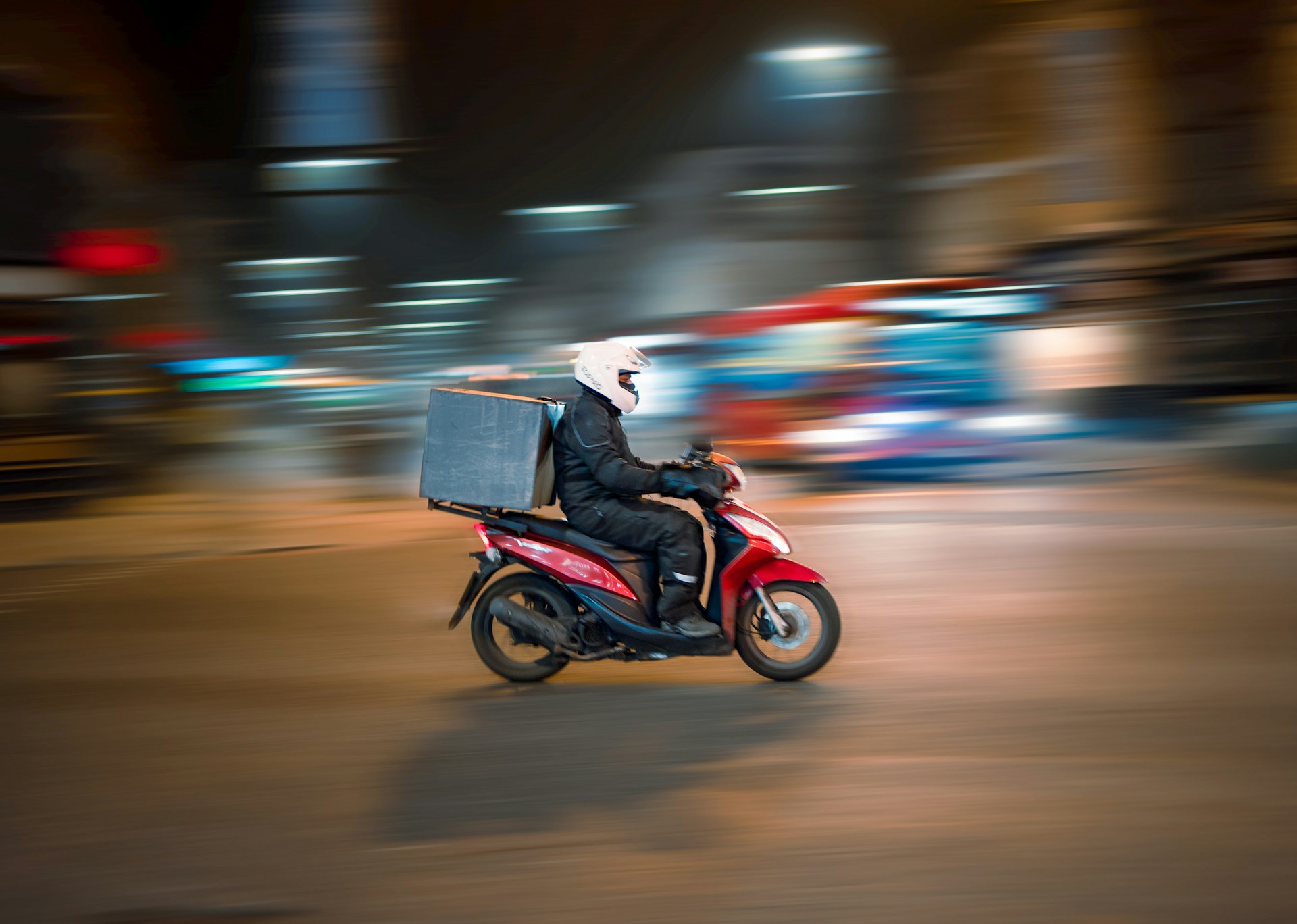Ordering takeout used to mean searching through stacks of menus to find a restaurant that delivers, calling them to place an order, and restlessly awaiting your food. These days, a few taps on your phone can bring your favorite meals right to your door. Behind this incredible convenience lie groundbreaking technologies that are revolutionizing online food delivery system as we know it.
From artificial intelligence to autonomous vehicles, innovations on the frontier of technology have the potential to make every step of the food ordering and delivery process easier, faster, and more customized to individual tastes. As consumer expectations rise, the companies succeeding in the space are those leveraging these emerging technologies to create exceptional customer experiences.
Personalization Powered by Artificial Intelligence
In a market saturated with both restaurants and delivery apps, personalization is key to standing out. Artificial intelligence (AI) and machine learning algorithms now enable companies to provide tailored recommendations and offers to each customer.
By analyzing your individual order history and cuisine preferences, an AI-powered app for takeaway can suggest new restaurants and menu items you’re likely to enjoy. Some platforms are even experimenting with virtual assistants that learn your go-to orders and can complete them through conversational interactions.
As the technology develops further, expect to see apps offering predictive ordering – your favorite pad thai arriving just as you’re thinking about dinner. Machine learning applied to consumer data makes this level of personalization possible.
Immersive Experiences Through Augmented Reality
Augmented reality (AR) takes the browsing experience to new dimensions. Instead of scrolling through flat pictures, AR allows you to view 3D renderings of menu items overlaid right on your kitchen counter or dinner table.
Apps are developing advanced features that let you view dishes from all angles, read reviews, and pull up nutritional information. A few taps can now bring that pasta dish to life right in your living room. This immersive preview minimizes the risk of your food looking different than expected, leading to higher customer satisfaction.
The promise of augmented reality goes beyond menus too. Integrations with smart glasses and other wearables would enable meal recommendations to pop up right in your field of vision as you pass by a restaurant. The blending of the virtual and physical worlds is opening exciting possibilities.
Faster Fulfillment Through Autonomous Vehicles
Late deliveries used to be par for the course when ordering food. But autonomous vehicles promise to make this annoyance a thing of the past. Self-driving cars and delivery robots can navigate roads and routes more efficiently than human drivers, shaving precious minutes off travel times.
Pilot projects are already underway in some cities using autonomous vehicles for short-distance food delivery. Companies are also developing drones that can circumvent traffic altogether and deliver meals straight to your backyard in a matter of minutes!
Of course, regulatory hurdles remain for widespread adoption of this technology. But once the infrastructure catches up, you might find your pad thai arriving at warp speed the next time you order in. Autonomous vehicles assure convenience without compromise.
Enhanced Transparency Through Blockchain
For the more discerning customer, blockchain technology can trace an order’s journey from farm or factory to table. By recording key supply chain data like ingredient origin, storage temperature, and transportation time in an immutable digital ledger, blockchain enhances transparency across the food ecosystem.
Customers increasingly demand sustainability commitments and responsible sourcing from food companies. With blockchain, any entity along the supply chain can provide credence and assurances to their claims. You’ll be able to verify if your salad greens were truly nurtured without pesticides on a local farm or if your meal kit traveled no more than five miles to your kitchen.
For restaurants and delivery apps hoping to appeal to ethically minded consumers, blockchain-enabled traceability is becoming indispensable. The same technology also ensures all transactions and data exchanges remain tamper-proof and secure, fostering greater customer trust.
Conversational Commerce Through Voice Assistants
“Alexa, order my usual pad thai.” Voice assistants understand such natural language commands and can place recurring orders with ease.Integrations with smart speakers and similar devices is making voice-based ordering a reality.
Using automatic speech recognition and AI, virtual assistants can understand context-based instructions, clarify ambiguous requests, and complete complex workflows. With conversational commerce going mainstream, you may soon be able to dictate customized orders and get recommendations without ever glancing at a screen.
Vocal interactions feel far more intuitive for many customers. The companies that perfect voice ordering capabilities early can capitalize on offering incredible convenience through these virtual
assistants.
The Future Is Frictionless
Underpinning all these innovations is the promise of nearly instant gratification with zero hassles. The food delivery ecosystem of the future will run so seamlessly it would feel like magic. Your meals might arrive before you even realize you’re hungry for them!
While we aren’t quite there yet, the building blocks taking shape hint at a future dominated by predictive analytics, hyper-personalization, autonomous transportation, augmented environments, and conversational interfaces.
Companies embracing these emerging technologies to create faster, more customized, engaging customer experiences are poised to dominate in the next era of food retail. The winners will be those using innovations not just to deliver food, but to deliver joy.
